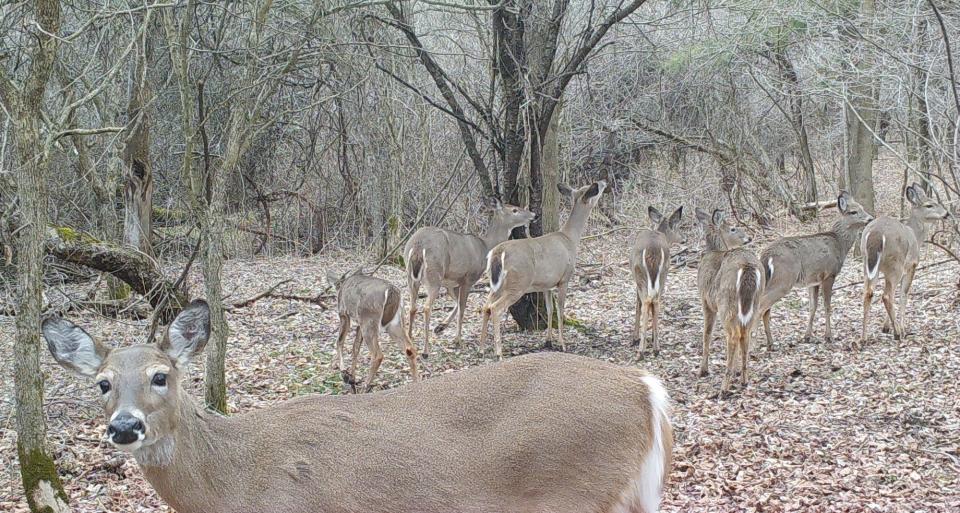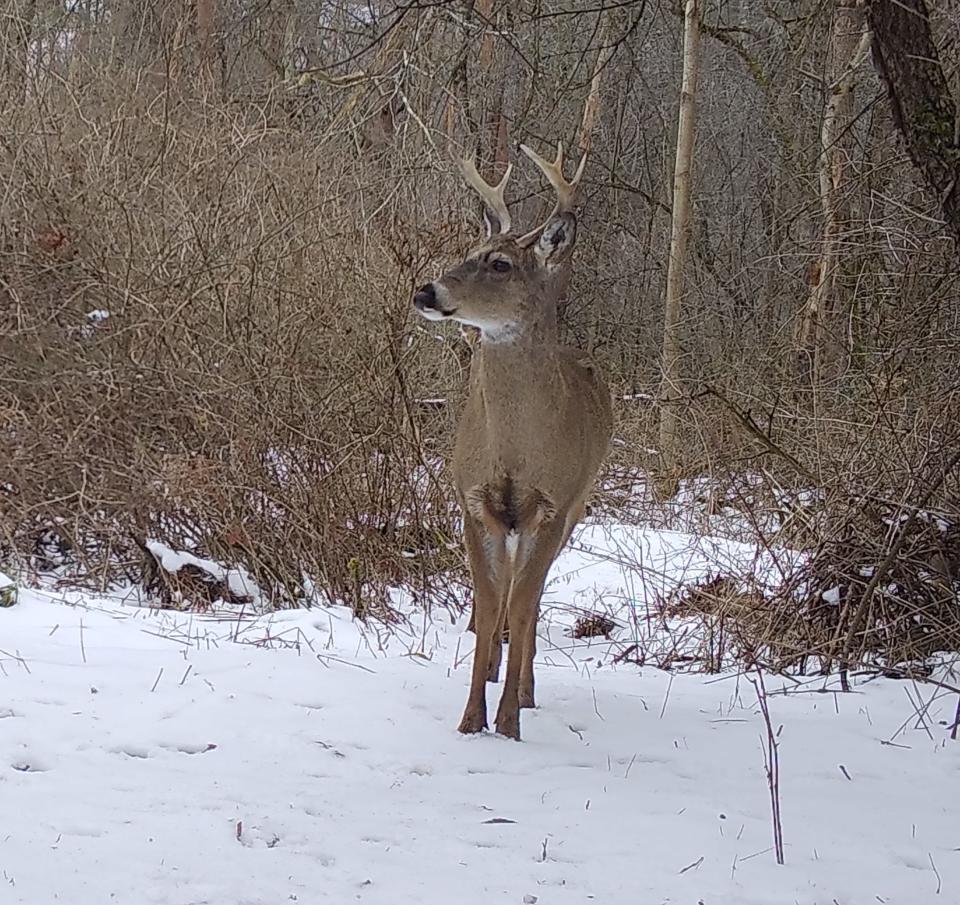How a patchwork of deer management philosophies impact whitetail populations, hunting
The patchwork matrix of whitetail management philosophies from one property to another, all across the country, is varied and complex. Though the various state wildlife commissions set harvest or kill parameters, the management of deer is actually implemented more so by individual property owners and their rules, philosophies and ideas.
Hunters determine what deer die and what deer live. Without attempting to be an apologist for each of the individual state’s plans (which vary greatly), much of the blame for lack-of-filled-tag-grumbling evident in the deer woods at the end of the season by deer hunters can be at least shared by looking in the mirror.
That's right, deer hunters and our hunting philosophies on down the line along our neighbors' woodlots have the greatest effect on the deer herd. Fashionable "soup du jour" whitetail management plans come and go down through the years.
Who’s right? Who’s wrong?

For instance, some properties are managed for trophy bucks only by enforcing antler restrictions, and others for numbers of deer.
There are plenty of passions and reasons and even science on each side.
A quick glance at the spectrum from the most restrictive, conservative deer management plans, to the most liberal and free is enlightening.
'No hunting allowed'
First off, on many wooded properties, we have, "No Hunting Allowed." On the surface, this may seem quite clear cut. No hunting means "No hunting." But in reality, "No hunting" areas often get "pushed" — that is, walk-throughs or drives push the deer into huntable areas.
And in reality, there is often as much hunting done on rigorously controlled and posted “No Hunting” properties as on open hunting properties, or state land. We know that whitetails move on their own from an un-huntable area (i.e. sanctuary) to a huntable one following the deer’s natural behavior patterns, from seeking food to participating in the rut.
Ironic, but some posted "No Hunting" properties of this sort in fact record annual deer kills.
So you can see, things aren't always what they appear to be in the deer woods. Next to "No Hunting" it would seem logical to examine the most restrictive hunting plans.
Mandatory antler restrictions
Many properties these days are being tied up with rigorous management philosophies such as MAR (Mandatory Antler Restrictions), where the goal is to have a local whitetail herd with a “balanced” age structure.
Usually the mandatory antler restriction in place has penalties for breaking the rules. Antler restrictions usually means counting points, typically six or eight points, or a spread requirement (beyond the ears).
Often too, in restrictive management plans, doe are trimmed down to achieve an optimal one-to-one sex ratio, buck to doe. It is up to the management philosophy of the landowner, or manager, as to the number of doe taken. In response to the perception of a lower local population of deer, other hunting properties have instituted "No doe hunting" in an effort to rebuild the herd numbers so they will have more deer to hunt.
More:A warm winter is not all good for wildlife
'Anything with horns'

The limit here may be “anything with horns” is fair game. The sex ratio under this plan is irrelevant and upwards of 12- to 15-to-1 doe to antlered bucks can be expected. Doesn't it seem ironic that two adjacent properties possibly have in practice, two diametrically opposed management philosophies?
One property ... only shoot doe and once in a blue moon a trophy buck. Next-door is the "No Doe Hunting" property. They shoot everything with a three-inch piece of bone on its head. Of course whitetails can't read posted signs, so these two management philosophies on theoretically adjacent lands, get watered down to just about neutral in practice and cancel each other out in the grand scheme of things across the state.
And speaking of states ... they each differ. For instance, Pennsylvania has a mandatory antler restriction requirement in place (three to four points on a side for the buck to be legal), and for the most part New York has a Voluntary Antler Restriction policy for most of the state. Other adjacent states don’t have antler requirements at all.
State:Gov. Hochul wants NY to be third state to ban menthol cigarettes. Will she get her way?
The impact of interest groups on hunting philosophies
Hunters are not the only interest groups in the states that affect whitetail policy.
Other user groups including anti-hunters (PETA, etc.), insurance companies, commercial agriculture and even local politicians all contribute their two-cents on how deer should be managed.
And in urban areas where deer hunting has been all but been banned, folks become shocked at their wit's end by being overrun by whitetails chewing their shrubbery.
Often, the state whitetail management plan is overridden by the landowner’s or manager’s deer hunting plan, no matter how "half-baked" it appears to the other side. State and county lands and forests fall under an "open" policy and follow the management goals of the state. Only here do the state biologists have a real shot at implementing their various plans to some degree.
But game managers have no control of what hunters do not shoot. A very sizable minority of hunters pass up deer, even though they see a legal animal and they have a tag for it.
An additional irony when discussing deer management is that certain "No Hunting Allowed" properties, such as hunting leases, actually may fill more tags than the surrounding woods and hills.
Reason: Because deer shop where they can find the most and best groceries. Leases often intensely manage food plots and farming practices. The texture of our deer herd has as much to do with this patchwork nature of local deer management practices as parameters set by game managers.
— Oak Duke writes a weekly column.
This article originally appeared on The Evening Tribune: How patchwork deer management philosophies impact whitetail population

